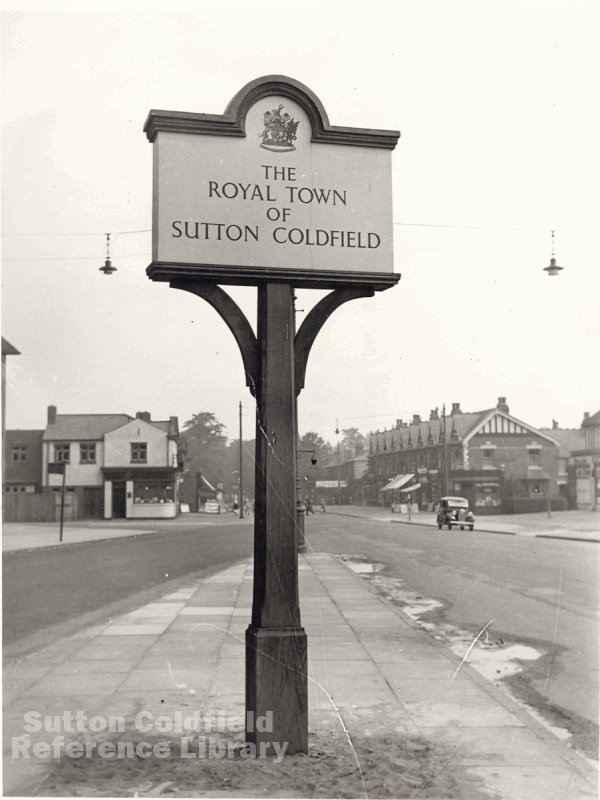Sutton Coldfield officially became a town in 1528. For centuries before then it had been the Manor of Sutton Coldfield, and for most of the time it had been in the possession of the Earl of Warwick. The Earl had many manors, and one of his agents would normally have acted on his behalf in Sutton. The Earl of Warwick received the manor of Sutton from King Henry I in 1125, and it returned to the king’s hands in 1480 after the failure of the Earl of Warwick’s attempt to depose King Edward IV, So Sutton was a royal manor from 1066 to 1125 and again from 1480 to 1528.
In the 1520s King Henry VIII held hundreds of manors, and many more were to fall to him with the dissolution of the monasteries. Many of them were endowed to found university colleges and schools, and this was nearly the fate of Sutton, but the King decided, probably to please his friend Bishop Vesey, to turn Sutton into a self-governing town with its own Warden and Society (another name for Mayor and Corporation). In the charter which established Sutton as a self-governing town, the King declared that it should be known for ever after as the Royal Town of Sutton Coldfield.
All the official references to Sutton for the following three and a half centuries use the words royal town or the king’s town of Sutton Coldfield. However, in 1885 an Act of Parliament was passed cancelling the 1528 charter, and a new charter was granted by Queen Victoria which named Sutton as the Borough of Sutton Coldfield, and this was the form in official use thereafter, with no royal title. However, the new corporation continued to use the Tudor Rose as its emblem, and obtained a coat of arms which included the word royal. Public spirited residents raised money in 1936 to have town signs made, which were erected at the approaches to the town. From 1974 Sutton has officially been part of Birmingham, but when the City Council removed the town signs, local people campaigned to retain them. Three of the signs survive, two in the keeping of Sutton Coldfield Civic Society, and one maintained by Rotary.
